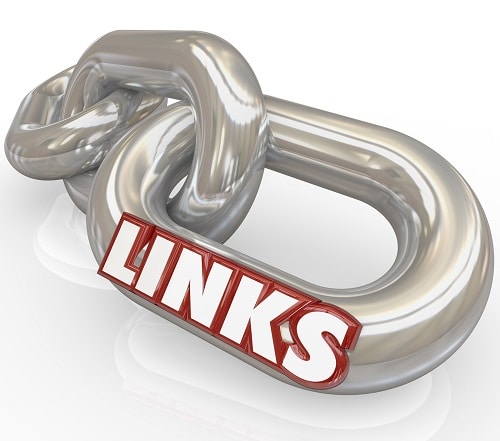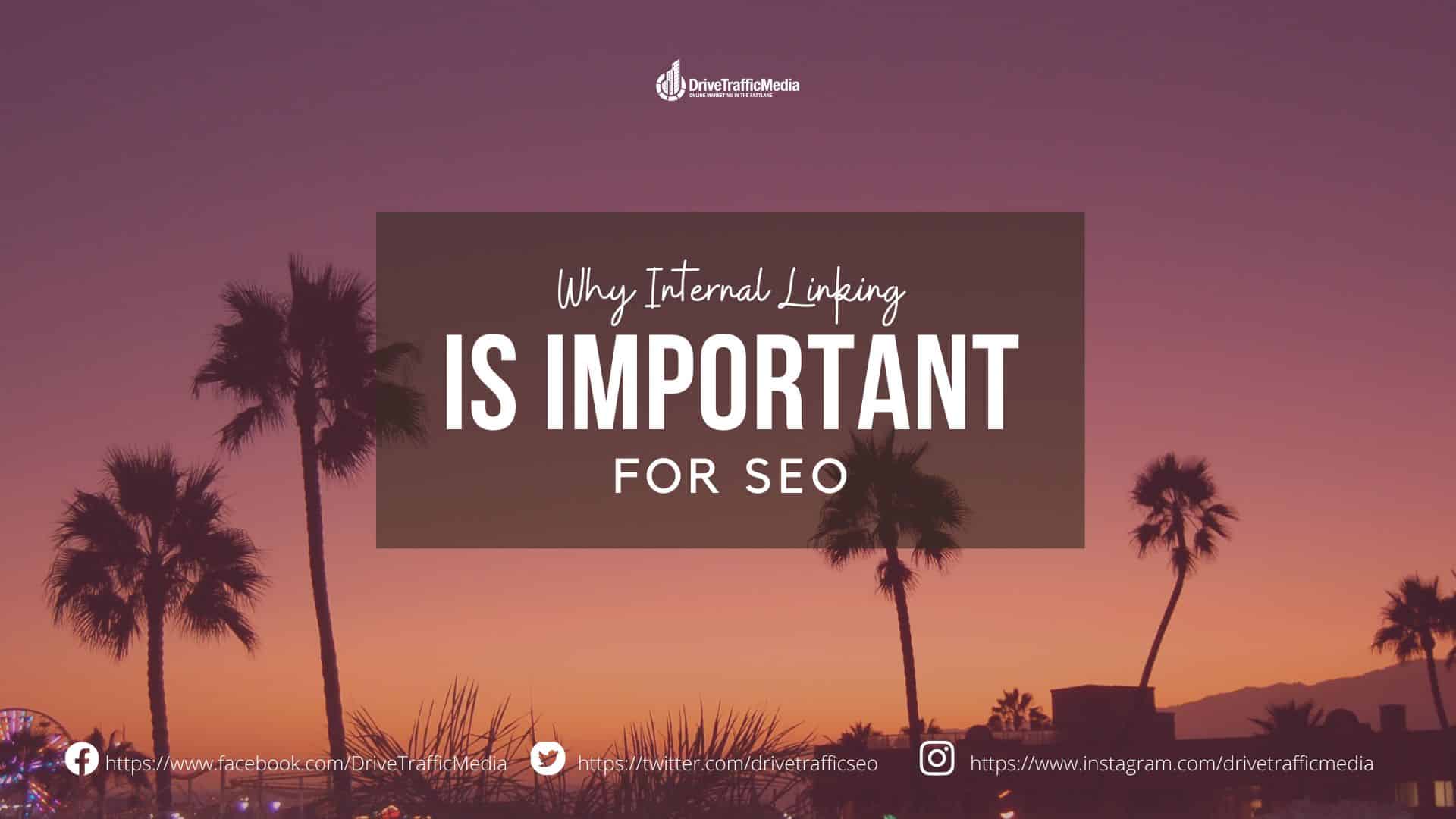Internal navigation is essential to SEO. They are hyperlinks on a page that lead to another page on the same domain. Its main three uses are helping users navigate through a website quickly and efficiently, establishing an organized site structure, and letting search engines know the most important pages on the site (i.e., link equity).
There are several ways you can implement this on your website, according to Drive Traffic Media, an SEO expert in Los Angeles. The most common is the menu which readers use to find interesting topics from anywhere on the site. Another way is the breadcrumb trail which lets people know where they are on the site and how they got there. Lastly, you can manually insert internal links around your content.
What Exactly are Menus and Breadcrumbs?
A menu is a collection of links located on the top or to the sides of your website. It helps users find things they’re interested in with the least number of clicks possible.
Source: Etsy
Meanwhile, a breadcrumb trail is a path users take to get to a certain page on your website. It normally shows up on the top of the page and has this typical format: Home > Category > Article (You Are Here).
Source: Target
A great menu and breadcrumb structure help both site users and crawlers navigate around your site. For the former, it helps them jump easily between articles and categories, finding interesting reads and thereby increasing site engagement. For the latter, it tells search engines what your site is about in the simplest of terms (i.e., this article is about this category, and this category is about this topic).
Now, some people think that if you’ve got a structured menu and breadcrumb trail that adding any other internal links is just an added hassle. Do we still need internal linking?
Why is Internal Linking So Important?
In a recent video, Webmaster Trends Analyst at Google John Mueller answered this exact question.
“Yes, absolutely. It’s something where internal linking is super critical for SEO. I think it’s one of the biggest things that you can do on a website to kind of guide Google and guide visitors to the pages that you think are important.”
Internal links have the edge over menus and breadcrumb trails as they can pinpoint specific pages and guide your readers towards them. Think of internal navigation like a map—while menus and breadcrumb trails are like any other boring map that shows you where stuff is, internal links are travel brochures that appeal to you and make you want to travel.
How Do You Strategize Internal Linking?
The larger your site is, the easier it is to lose pages that mean the most to you in the wealth of content you offer. Internal links help combat this by guiding your readers back to what’s most important, reminding them about other pages on the site they could find useful.
You need to go about this strategically. First, make a list of the most important and most popular pages on your website. Aim for at least a couple of pages that aren’t too broad but also not too niche—that way, you can relate them with any of your site content. Just make sure the total amount of internal links on a page doesn’t exceed 150, including the menu and breadcrumbs. 150 is the limit of internal links Google’s crawlers process at one time.
Once all that’s done, start adding them to your future content. They have to be seamlessly incorporated and relevant to the current page, so your readers will think, “Wow, this article also seems interesting and useful!” rather than “Wow, this person really wants me to read this article for some reason.” It just provides a better reading experience for your audience.
Now, while the number of internal links per page may not be a ranking factor, it does help Google rank your pages appropriately. You’ll want that to improve your SEO in the long run.
Conclusion
Need more help with your internal navigation strategy? Drive Traffic Media, an SEO company in Los Angeles can help you with that. Our white-hat SEO services can help with your link-building efforts. Contact us today at (310)341-3939.





